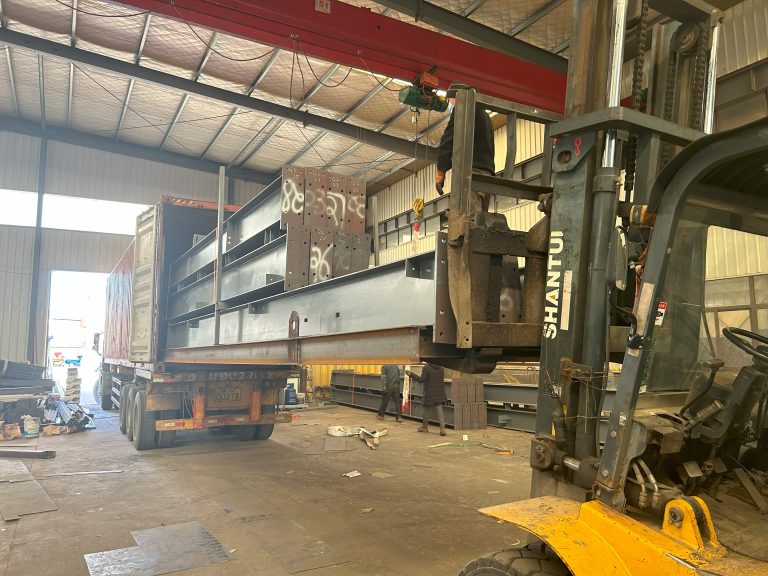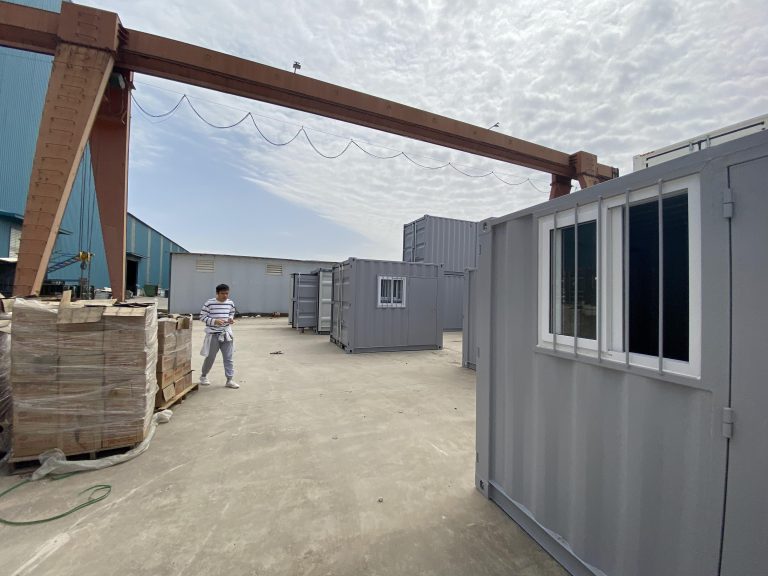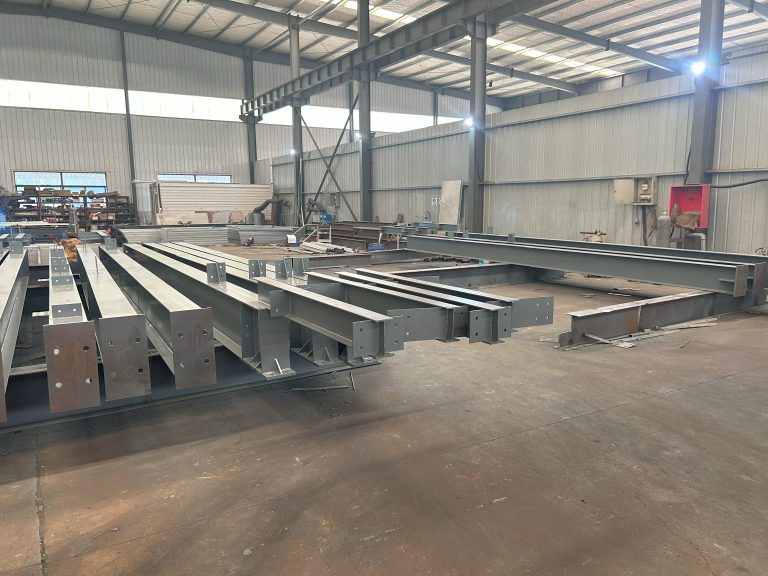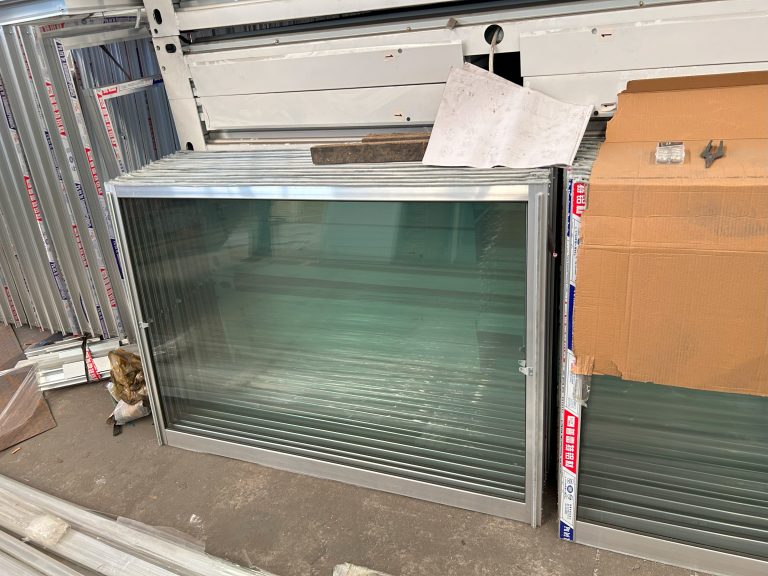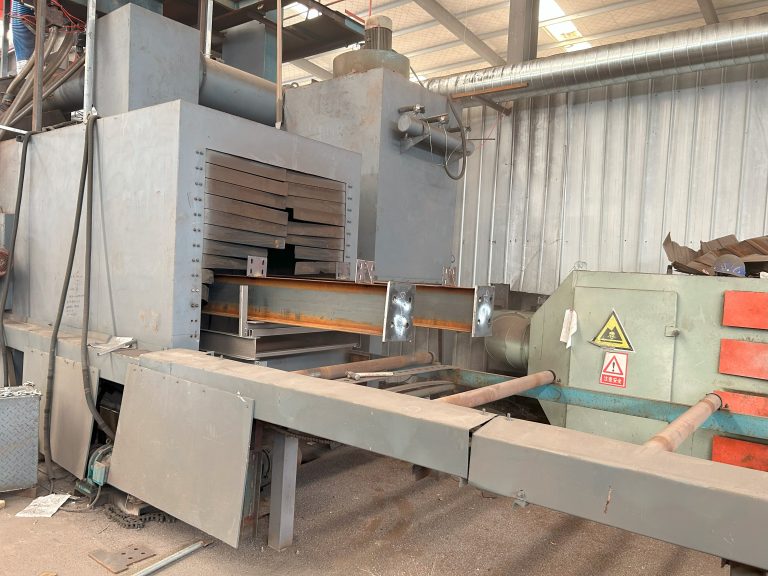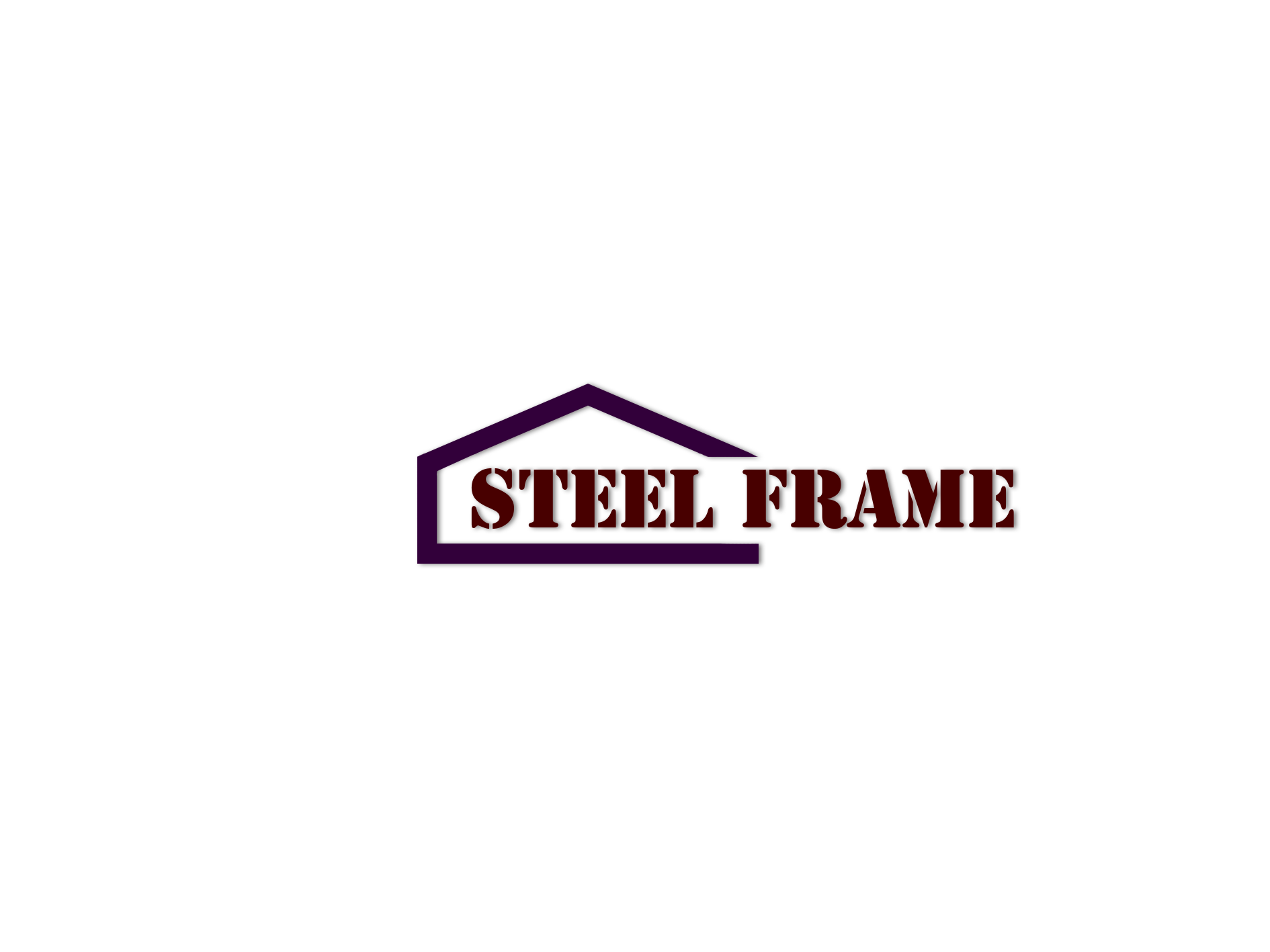Steel Structure Exhibition Center a broad platform to showcase innovation
Table of Contents
Sustainable Design Practices in Steel Structure Exhibition Centers
Steel Structure Exhibition Centers have become a popular choice for showcasing innovation in the construction industry. These centers provide a broad platform for architects, engineers, and designers to display their creativity and expertise in designing sustainable structures. The use of steel in construction has gained popularity due to its durability, flexibility, and sustainability. Steel Structure Exhibition Centers are a prime example of how steel can be used to create innovative and sustainable designs.
One of the key features of Steel Structure Exhibition Centers is their sustainable design practices. These centers are designed to minimize their environmental impact and maximize energy efficiency. From the materials used in construction to the design of the building itself, every aspect of these centers is carefully planned to ensure sustainability.
One of the main advantages of using steel in construction is its recyclability. Steel is one of the most recycled materials in the world, with a recycling rate of over 90%. This means that Steel Structure Exhibition Centers can be built using recycled steel, reducing the demand for new materials and minimizing waste. In addition, steel is a durable material that can be reused and repurposed, further reducing the environmental impact of these centers.
Another sustainable design practice used in Steel Structure Exhibition Centers is the use of energy-efficient systems. These centers are designed to maximize natural light and ventilation, reducing the need for artificial lighting and air conditioning. This not only reduces energy consumption but also creates a more comfortable and healthy environment for visitors.
Water conservation is another important aspect of sustainable design in Steel Structure Exhibition Centers. These centers are equipped with water-saving fixtures and systems, such as low-flow toilets and rainwater harvesting systems. This helps reduce water consumption and minimize the impact on the environment.
In addition to sustainable design practices, Steel Structure Exhibition Centers also showcase innovative construction techniques. Steel allows for greater flexibility in design, enabling architects and designers to create unique and complex structures. From curved roofs to intricate facades, steel can be used to create stunning architectural features that would be difficult to achieve with traditional building materials.
Furthermore, steel is a lightweight material that allows for faster construction times and reduced labor costs. This makes Steel Structure Exhibition Centers a cost-effective and efficient option for showcasing innovation in the construction industry.
Overall, Steel Structure Exhibition Centers are a prime example of how sustainable design practices can be integrated into modern construction. From the use of recycled materials to energy-efficient systems, these centers demonstrate the potential of steel in creating innovative and sustainable structures. By showcasing the latest trends and technologies in construction, Steel Structure Exhibition Centers provide a broad platform for architects, engineers, and designers to push the boundaries of design and sustainability.
Advancements in Technology for Steel Structure Construction in Exhibition Centers
Steel structure exhibition centers have become a popular choice for showcasing innovation in the construction industry. These centers provide a broad platform for companies to display their latest advancements in technology for steel structure construction. With the increasing demand for sustainable and efficient building solutions, the use of steel structures has gained momentum in recent years.
One of the key advantages of steel structures is their strength and durability. Steel is a versatile material that can be molded into various shapes and sizes, making it ideal for creating unique and innovative designs. In addition, steel structures are resistant to fire, corrosion, and pests, making them a reliable choice for exhibition centers that require long-term durability.

Advancements in technology have further enhanced the capabilities of steel structure construction. Computer-aided design (CAD) software allows architects and engineers to create detailed 3D models of steel structures, enabling them to visualize the final product before construction begins. This technology also allows for precise measurements and calculations, ensuring that the steel components fit together seamlessly during the assembly process.
Another technological advancement in steel structure construction is the use of Building Information Modeling (BIM) software. BIM allows for the creation of a digital representation of the entire building process, from design to construction to maintenance. This technology enables project stakeholders to collaborate more effectively, leading to improved communication and coordination throughout the construction process.
In addition to design and modeling software, advancements in steel fabrication technology have also revolutionized the construction industry. Automated cutting and welding machines can produce steel components with high precision and efficiency, reducing the time and labor required for construction. These machines can also be programmed to create complex shapes and patterns, allowing for greater design flexibility in steel structure construction.
The use of prefabricated steel components has further streamlined the construction process for exhibition centers. Prefabrication involves manufacturing steel components off-site and then assembling them on-site, reducing construction time and minimizing waste. This method also allows for greater quality control, as the components can be fabricated in a controlled environment before being transported to the construction site.
Advancements in technology have also improved the sustainability of steel structure construction. Steel is a highly recyclable material, with a high recycling rate that reduces the environmental impact of construction projects. In addition, steel structures can be designed to be energy-efficient, with features such as insulated panels and solar panels that reduce energy consumption and carbon emissions.
Overall, steel structure exhibition centers provide a broad platform for showcasing innovation in the construction industry. Advancements in technology have enhanced the strength, durability, and sustainability of steel structures, making them an attractive choice for exhibition centers that require long-term durability and flexibility in design. With the continued development of technology in steel structure construction, we can expect to see even more innovative and sustainable solutions in the future.

